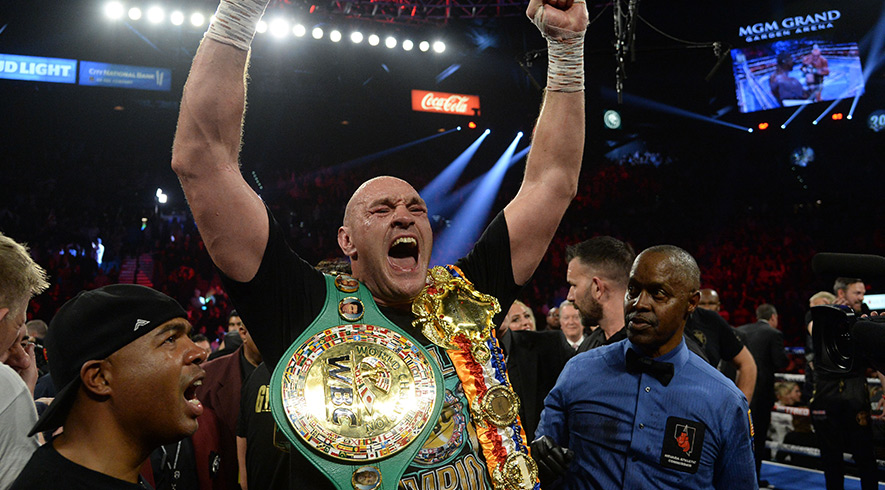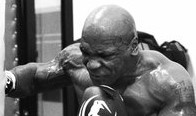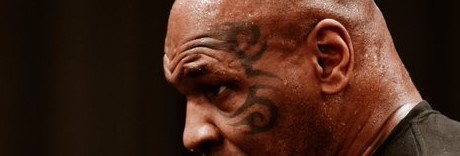News that Rogers Mtagwa will enter the ring in October against junior featherweight titleholder Juan Manuel Lopez automatically grants membership to Mtagwa in the newly formed “Short End of the Stick Club,” whose members are perpetually up against the wall, under the gun, between a rock and a hard place, behind the 8-ball, and any other dusty cliché about adversity you can cite while half asleep.
The patron saint of the Short End of the Stick Club is Steve “Two Pounds” Forbes, the talented ex-junior lightweight titlist who routinely fights larger opponents (who also enjoy the unique advantage of powerful corporate and promotional backing) in search of paydays elusive to 95 percent of professional boxers. Forbes even fought as a “junior middleweight” during the second season of the Contender series, facing Grady Brewer in the finals. Brewer had previously fought as high as 163 pounds in his career.
The Short End of the Stick Club is for fighters who are brought into the ring hogtied and blindfolded, with their shoes on backwards and their gloves worn upside down. They may be moving up in weight class, or coming off of multiple surgeries for detached retinas, or returning from extended layoffs or prison terms, or in their mid to late thirties, or full-time policemen, or completely shot, or marginally talented and 10 to 1 underdogs from the moment they sign a contract to trade blows with a marquee fighter. In short, they are meant to be fall guys and patsies.
Sometimes Short End of the Stick members pull off extraordinary feats, but should they have to? And so often? When fighters have to consistently overcome obstacle courses, booby traps, carpet bombings, and moats filled with starving alligators during the ring walk, it is a testament to their skill and bravery. On the other hand, what does that say about the fighters who come into the ring 8 to 1 favorites? What does that say about boxing in general?
Rogers Mtagwa, God bless his courage and determination, is nothing more than a 21st century club fighter. He does the same thing club fighters of the 1930s and 40s did: provide raw excitement and honest efforts against similarly ordinary opposition, but, fighting only two or three times a year instead of every month, without the opportunity to make a decent living at it.
Mtagwa, 26-12-2, is as brave and as tough as they come. His brutal rise-from-the-grave KO of Tomas Villa last year was breathtaking in its ferocity, but the ultra-violence in the ring that night–as well as the remarkable bloodlust shown by both fighters–obscures the fact that their grand guignol was staged without a hint of skill. It was pure Cro-Magnon from bell to bell. Villa, whose defense actually appears to be modeled on that of Buster Keaton in “Battling Butler,” should not fight again unless he is allowed to wear a suit of armor in the ring; Mtagwa, who throws punches the way Aborigines used to hurl woomeras, took the kind of punishment that should have earned him a lengthy suspension despite the fact that he won. Instead, he was back in the ring a few months later, struggling against Ricardo Medina, now 31-34-5.
In addition, Mtagwa has made 122 pounds only once in the last eight and a half years. This is as disgraceful a mismatch as can possibly be made and joins several other curious mismatches involving elite fighters recently. But this is also where the Short End of the Stick Club gets tricky. The only way for Mtagwa to be rewarded for the thrills he has provided over the years to hardcore Telefutura viewers and Philadelphia fight fans is, in a sense, retroactively. Mtagwa will be rewarded tomorrow–with a paycheck six or seven times larger than any he has ever received–for what he did yesterday. But it will be a painful reward indeed.








